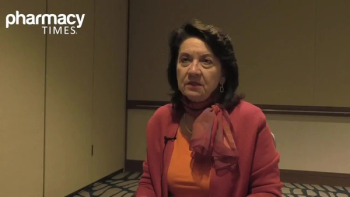
Experimental Spinal Muscular Atrophy Drug Advances Toward FDA Approval
Nusinersen significantly improved motor milestones and muscle function in spinal muscular atrophy (SMA) during phase 3 trial.
Nusinersen, an investigational treatment for spinal muscular atrophy (SMA), significantly improved motor milestones and muscle function in babies with infantile onset SMA during a phase 3 trial.
Based on the positive findings and safety profile from the double-blind, randomized, placebo-controlled phase 3 clinical study ENDEAR, the trial will be stopped early and nusinersen will be the first SMA treatment to be filed for FDA approval.
“This landmark study provides the most robust type of evidence that nusinersen, which targets the genetic defect in SMA, safely and effectively, helps infants with this condition gain muscle function,” said principal investigator Nancy Kuntz, MD. “This might be a promising therapy for this devastating disorder.”
Infants with SMA have a genetic defect that makes them unable to produce enough survival motor neuron (SMN) protein, which is imperative for the maintenance of motor nerve cells. Nusinersen was designed to increase the production of a fully functional SMN protein through the regulation of gene expression.
During the study, researchers delivered the investigational treatment to the fluid around the spine by lumbar puncture, or spinal tap. Patients will next be transitioned into an open label study where all of the infants will receive nusinersen.
“Going forward we could add SMA to the newborn screening panel and treat infants in the pre-symptomatic phase,” said researcher Leon Epstein, MD.
The current study included participation from 46 centers around the world, including Ann & Robert H. Lurie Children’s Hospital of Chicago, which had the highest patient enrollment.
“The success we saw in the trial is incredibly exciting for families of infants with SMA, as well as for physicians who care for these children,” Kuntz said.
Newsletter
Stay informed on drug updates, treatment guidelines, and pharmacy practice trends—subscribe to Pharmacy Times for weekly clinical insights.

















































































































































































































